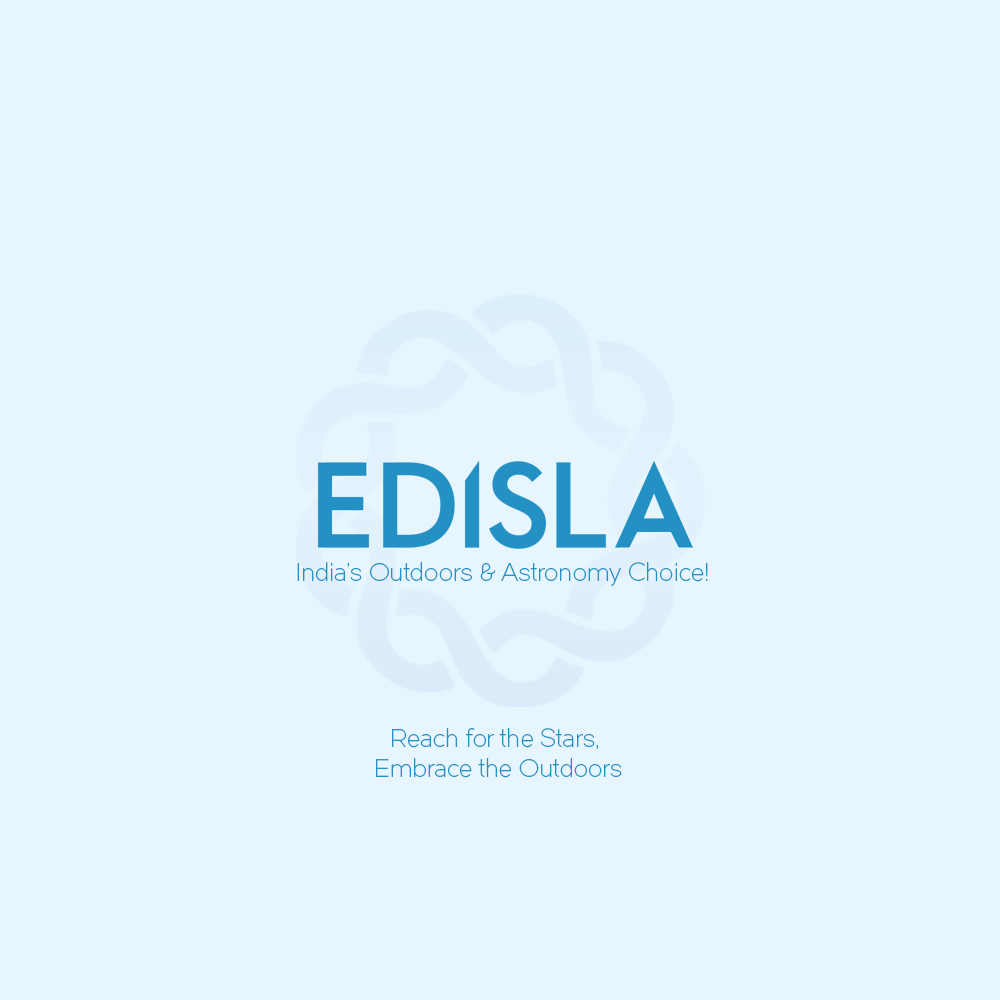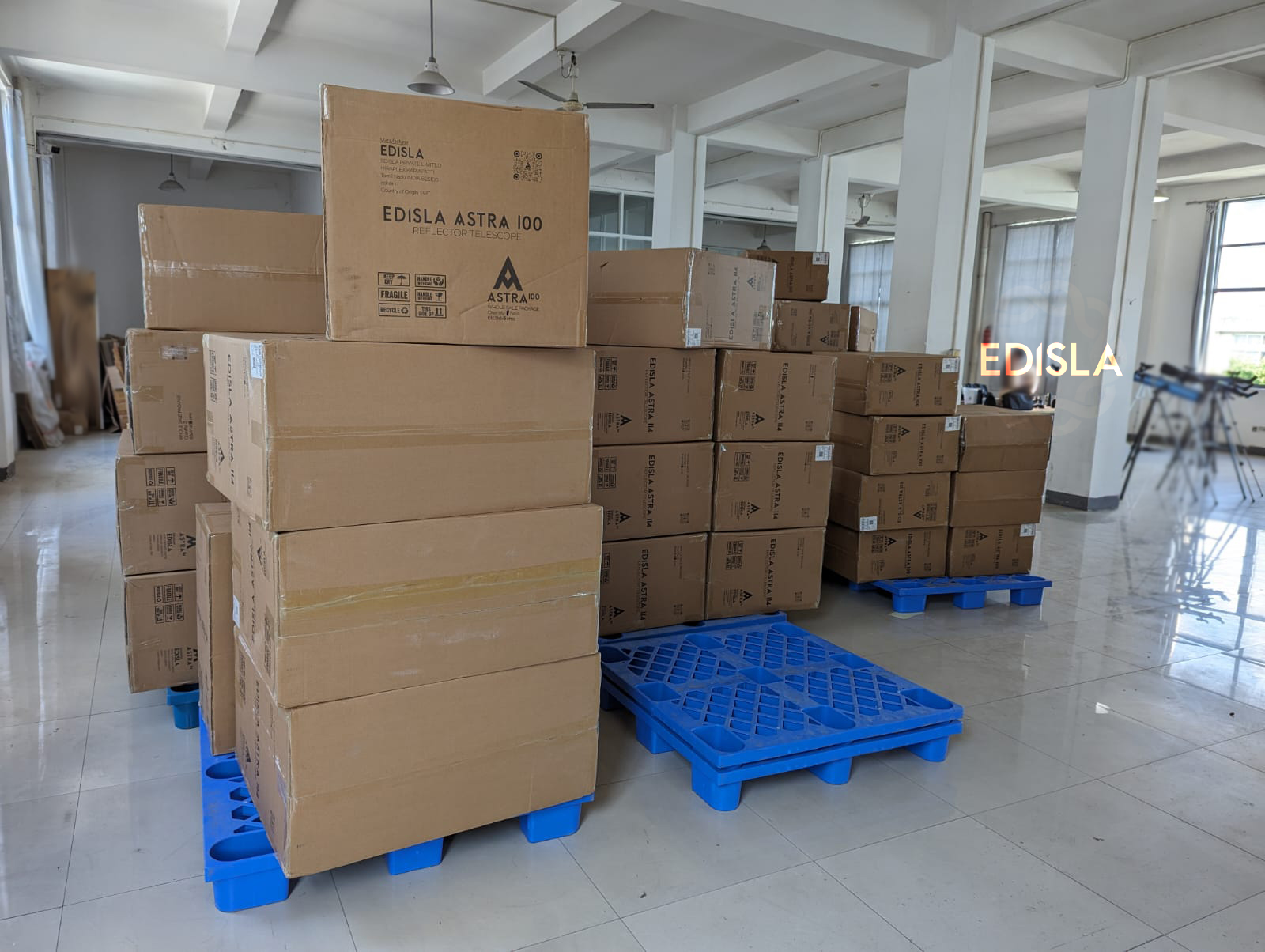Ultimate Guide to Astrophotography Telescopes | Imaging Goals, Telescope Types & Buying Strategy
EDISLA’s Ultimate Guide to Choosing the Perfect Astrophotography Telescope
Astrophotography has exploded in popularity, and with it comes a dizzying array of telescope options. From time-tested Newtonians to cutting-edge astrographs and premium APO refractors, Petzvals, and quintuplets, there’s a whole universe of gear to explore.
But with so many choices, it’s easy to feel lost. Which telescope suits your goals, gear, and observing environment? This guide takes a hands-on, real-world approach to help you find the perfect telescope—whether you’re upgrading, switching styles, or just starting out.
Step 1: Identify Your Astrophotography Persona
Before worrying about aperture or focal length, ask: Who are you under the stars? Your workflow, goals, and comfort with technology will shape your telescope choice. At EDISLA, we’ve identified five key astrophotography personas:
-
The Stargazer-Turned-Imager
Experienced with eyepieces, Dobsonians, or basic refractors, now ready to capture the sky in photos.
-
The Photographer First
Comfortable with DSLR or mirrorless cameras, looking to transition from landscape astrophotography to deep-sky imaging.
-
The Explorer Who Values Ease
Prefers simplicity—telescopes that connect to your phone, center automatically, and minimize setup.
-
The Tech Tinkerer
Loves the engineering, coding, and workflow customization. For these imagers, building and tweaking the system is part of the fun.
-
The Curious Beginner
Fascinated by the stars but unfamiliar with long exposures, guiding, or optical setups—looking for guidance without jargon.
Tip: Identify your persona first—it guides all future telescope and accessory decisions.
Step 2: Define Your Targets
Your telescope choice should align with your astrophotography goals. Consider the types of objects you want to capture:
-
Wide-Field Targets: Milky Way panoramas, nebulae, and star clusters. Choose a short focal length, wide field of view, and a reliable tracker.
-
Galaxies: Faint, distant, and structured objects. Require longer focal lengths, excellent stability, and long exposures.
-
Planets & Moon: High magnification, precise optics, and excellent seeing conditions.
-
Fast-Moving Objects: Comets, asteroids, or satellites. Need quick setup, accurate tracking, and flexibility.
-
Messier Objects: Bright, classic deep-sky targets that can be imaged even from light-polluted areas—ideal for beginners.
Step 3: Consider Your Shooting Style
Your workflow affects gear choices:
-
Manual: Polar align by eye, navigate with star charts. Immersive but slow.
-
Semi-Automated: GoTo mounts and basic software assist, but manual involvement remains.
-
Fully Automated: Tools like ASI Air or StellaMate handle polar alignment, framing, guiding, and focusing.
-
Remote/Robotic: Permanent setups managed via internet, fully automated overnight imaging.
Key Question: How much do you want to tinker vs. automate? Your telescope should fit your workflow, not the other way around.
Step 4: Assess Your Experience Level
EDISLA defines astrophotographer experience in levels:
-
Level 0: Total beginner, building skills from scratch.
-
Level 1: Smart Scope User, minimal setup experience.
-
Level 2: Visual Observer, familiar with star maps and manual mounts.
-
Level 3: Manual Equatorial, comfortable with EQ mounts and polar alignment.
-
Level 4: Star Tracker Imager, using portable trackers, DSLR, and basic stacking.
-
Level 5: Semi-Automated Astrophotographer, deep-sky imaging with GoTo, autoguiding, and software.
-
Level 6: Fully Automated Pro, advanced remote or robotic setups.
Knowing your level helps narrow down telescope types and workflow complexity.
Step 5: Explore Telescope Types
APO Refractors
-
Pros: Sharp, color-pure, low maintenance. Ideal for wide-field targets.
-
Best For: Beginners, travelers, and those seeking simplicity.
Newtonian Astrographs
-
Pros: Large apertures, fast focal ratios, excellent value for deep-sky imaging.
-
Cons: Require collimation, careful balancing, and ongoing tuning.
Schmidt-Cassegrain Telescopes (SCTs)
-
Pros: Compact, versatile, high magnification.
-
Cons: Mirror flop, long cooldown, challenging focusing.
Ritchey-Chrétien Telescopes
-
Pros: Flat fields, minimal coma, professional imaging.
-
Cons: Requires precise spacing, stable setups, and advanced workflow.
Maksutov-Cassegrain
-
Pros: Compact, rugged, sharp planetary imaging.
-
Cons: Narrow field, not ideal for deep-sky imaging.
Petzval & Quad Refractors
-
Pros: Flat fields out of the box, perfect for large sensors.
-
Best For: Users seeking simplicity without extra flatteners.
RASA & Hypergraph
-
Pros: Ultra-fast f/2 systems, ideal for faint nebulae.
-
Cons: Requires precise tilt control, spacing, and filters.
Smart Telescopes
-
Pros: Fully automated, beginner-friendly, app-based.
-
Best For: Those who want instant imaging results without learning curves.
Step 6: Match Gear to Your Goals
-
Visual Observer: 8-inch Newtonian or a mid-range refractor on a sturdy GoTo mount.
-
Photographer: Star tracker + small APO refractor or fast prime lens for portability.
-
Beginner: Smart telescope (Seestar, Dwarf) for plug-and-play imaging.
-
Advanced Imager: Ritchey-Chrétien or high-end refractor with mono camera, filter wheel, and automation.
-
Traveler: Lightweight APO like Askar 65PHQ with a compact AM3 mount, fully automated.
Key Tip: Askar telescopes excel across experience levels, combining performance, reliability, and travel-friendly designs.
Step 7: Avoid Common Mistakes
-
Don’t chase focal length too soon: Longer focal lengths magnify errors. Start balanced.
-
Don’t ignore weight: Match telescope weight to mount capacity for stability.
-
Avoid visual-only scopes for imaging: Corrected optics designed for cameras prevent star distortion.
-
Invest in a quality mount: Even the best telescope fails without precise tracking.
-
Understand your needs before buying: Astrophotography is a journey, not a one-time purchase.
Conclusion: Choose the Telescope That Fits You
No telescope is perfect—but every telescope is perfect for someone. Your goals, workflow, patience, and passion define your ideal instrument. Whether you’re a beginner, traveler, photographer, or seasoned tinkerer, the right telescope will transform your stargazing into unforgettable astrophotography.
At EDISLA, we guide you toward clarity, confidence, and inspiration—so you can focus on what matters most: capturing the cosmos.
|
Telescope Type |
Aperture Range |
Focal Length / Ratio |
Ideal Targets |
Portability |
Skill Level |
Pros |
Cons |
|---|---|---|---|---|---|---|---|
|
APO Refractor |
60–120mm |
f/4 – f/7 |
Wide-field nebulae, open clusters, Milky Way panoramas |
High |
Beginner – Intermediate |
Sharp, color-pure, low maintenance, lightweight |
Smaller aperture limits faint galaxy imaging |
|
Newtonian Astrograph |
150–300mm |
f/4 – f/5 |
Faint galaxies, deep-sky nebulae |
Medium |
Intermediate – Advanced |
Large aperture, fast focal ratio, excellent value |
Requires collimation, careful balancing, bulkier |
|
Schmidt-Cassegrain (SCT) |
200–350mm |
f/10 |
Planets, compact galaxies, lunar imaging |
Medium |
Intermediate |
Compact, versatile, high magnification |
Mirror flop, long cooldown, moderate learning curve |
|
Ritchey-Chrétien (RC) |
250–500mm |
f/8 – f/12 |
Professional deep-sky imaging, galaxies, clusters |
Low |
Advanced |
Flat field, minimal coma, observatory-grade |
Expensive, precise spacing & stable setup required |
|
Maksutov-Cassegrain |
90–150mm |
f/12 – f/15 |
Planets, Moon, high-contrast targets |
High |
Beginner – Intermediate |
Compact, rugged, sharp planetary imaging |
Narrow field, not ideal for deep-sky |
|
Petzval / Quad Refractor |
65–150mm |
f/4 – f/6 |
Wide-field imaging, medium sensors |
High |
Beginner – Intermediate |
Flat field out of the box, minimal setup |
Limited aperture, focal length may restrict small targets |
|
RASA / Hypergraph |
110–200mm |
f/2 – f/2.5 |
Faint nebulae, wide-field deep-sky imaging |
Medium |
Advanced |
Ultra-fast, collects light quickly |
Tight tilt control, precise spacing, challenging filter setup |
|
Smart Telescope |
80–100mm |
f/4 – f/5 |
Moon, planets, bright deep-sky targets |
Very High |
Beginner |
Plug-and-play, fully automated, app-controlled |
Limited flexibility, sensor size, and upgrade path |


